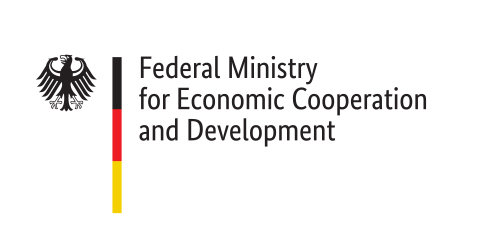
A Sustainable Asset Valuation of a Bus Rapid Transit System in Bandung, Indonesia
The city of Bandung in Indonesia is planning a bus rapid transit (BRT) system to address increasing city-wide transport challenges. The BRT will increase mobility options and provide a safe and sustainable transport system. This SAVi assessment includes economic, social, and environmental added benefits and avoided costs, showing that the project is profitable and leads to benefits such as time savings, positive health impacts, and carbon dioxide emission reductions.
Bandung is Indonesia's third-largest city, with a population of approximately 2.5 million people. The city has been facing significant urban mobility and transportation challenges, as it is constrained by a dense and congested urban road network that is over-reliant on individual motorized transportation modes, predominantly motorcycles. This unsustainable mobility pattern results in high traffic volumes and congestion, health and safety concerns, and carbon dioxide emissions.
To address these challenges, the City of Bandung, together with the Indonesian Ministry of Transport and Deutsche Gesellschaft für Internationale Zusammenarbeit GmbH (GIZ), explored the option of a city-wide bus rapid transit (BRT) system that could increase mobility options through public transportation and provide a safe and sustainable transportation mode. The BRT system could lead to a shift from individual motorized transportation modes to BRT and meet sustainable, low-carbon mobility targets.
For this assessment, we used the Sustainable Asset Valuation (SAVi) methodology to demonstrate the multiple economic, social, and environmental benefits that the BRT system can have for the city of Bandung. The SAVi assessment shows that the proposed BRT system would provide a more efficient, convenient, safe, and affordable transportation alternative while also delivering substantial monetary benefits. Key findings include that
- the BRT system is a highly profitable project, generating cumulative (2022–2050), discounted (3.5%) net benefits of USD 2.02 billion;
- the BRT system results in an integrated benefit-cost ratio of 6.67 per USD 1 invested when accounting for the full range of benefits for the city; and
- the greatest positive added benefits of the BRT system are time saved for transportation users through reduced traffic and congestion, increased retail revenues around BRT stations, and significant health benefits from increased physical activity and decreased air pollution.
You might also be interested in
A Sustainable Asset Valuation of the Tirana–Durres Railway in Albania
This report presents the economic valuation of the Tirana–Durres railway in Albania, including its investment costs, added benefits, and avoided costs.
A Sustainable Asset Valuation of a Net-Zero Transport Strategy in Indonesia
This report presents the economic valuation of net-zero transport strategies in Indonesia—their investment costs, added benefits, and avoided costs—encompassing interventions such as investments in public transport, private vehicle electrification, teleworking, and decarbonization of the electricity supply.
A Sustainable Asset Valuation of the FAME II policy in India
This report presents the economic valuation of the second phase of the Faster Adoption and Manufacturing of Electric (& Hybrid) Vehicles (FAME II) policy in India and demonstrates its economic, social, and environmental outcomes under different scenarios.
A Sustainable Asset Valuation of Non-Motorized Transport in Coimbatore, India
A Sustainable Asset Valuation (SAVi) of the economic, social, and environmental benefits of a non-motorized transport (NMT) network in Coimbatore, India.
